Utilizing Retail Data forCampaign Insights: ACase Study
- June 19, 2024
In today’s rapidly evolving advertising landscape, retail data has emerged as a powerful tool for informing and optimizing campaigns.
By analyzing purchase data, advertisers can gain valuable insights into consumer behavior, preferences, and trends.
In this case study, we will explore how a hypothetical company, Aike, utilized retail data to enhance its campaign strategies and drive sales growth.
Background:
Aike is a leading provider of retail data and insights.
They recognized the importance of leveraging real-time, accurate data to inform marketing decisions and optimize campaign performance. With their data platform, Aike aimed to provide retailers with actionable insights within a short timeframe, enabling them to make informed decisions and iterate their campaigns quickly.
Challenges:
1. Limited visibility into consumer shopping and point-of-sale data:
According to a survey by the IAB, retail media decision-makers identified increased access to this data as a key improvement area.
2. Decline of third-party cookies:
With the impending end of third-party cookies, advertisers faced challenges in ensuring accurate and privacy-centric data for
campaign targeting.
3. Retail media networks' restricted first-party data:
While retail media networks possess valuable first-party data, it is limited to their own ecosystem, creating a need to look beyond their walls for a comprehensive understanding of consumer behavior.
Challenges:
1. Limited visibility into consumer shopping and point-of-sale data:
According to a survey by the IAB, retail media decision-makers identified increased access to this data as a key improvement area.
2. Decline of third-party cookies:
With the impending end of third-party cookies, advertisers faced challenges in ensuring accurate and privacy-centric data for campaign targeting.
3. Retail media networks' restricted first-party data:
While retail media networks possess valuable first-party data, it is limited to their own ecosystem, creating a need to look beyond their walls for a comprehensive understanding of consumer behavior.

Strategy:
Aike implemented a comprehensive strategy to address these challenges and leverage retail data effectively.
- Real-time data acquisition: Aike focused on acquiring real-time purchase, mobile and web data from a vast pool of privacy compliant financial institutions and marketing agencies data sources.
This allowed them to capture accurate and up-to-date insights into consumer behavior. - Privacy-centric approach: Recognizing the growing importance of privacy compliance, Aike ensured that their data collection methods were privacy- centric and based on consumer consent.
This approach instilled confidence and trust in their data among both retailers and consumers. - Data enrichment and analysis: Aike combined their proprietary data with retail media network’s first-party data to enrich their insights.
By analyzing consumer behaviors, cross-channel spending, geographic trends, and competitive shopping patterns, they provided a comprehensive view of the market landscape to advertisers. - Campaign optimization and scalability: Aike helped advertisers optimize their campaigns by identifying high-value target segments based on real-time data.
By connecting the dots across different retail media networks, they enabled advertisers to scale their efforts and allocate resources effectively.
Results:
Through their data-driven approach, Aike achieved significant results for their clients:
- Improved targeting precision: By leveraging real-time data, Aike enabled advertisers to target specific consumer segments accurately.
This resulted in reduced ad waste and increased campaign effectiveness. - Enhanced campaign performance: The use of retail data allows advertisers to tailor their messaging and incentives based on actual consumer behaviors.
This led to higher engagement, increased conversions, and improved ROI. - Agile decision-making: With access to timely insights through the Aike data platform, retailers could pivot swiftly and make data-backed decisions.
The iterative process facilitated by real-time data helped them stay ahead of
market trends and competitors.
Concluision:
The case study of Aike demonstrates the transformative power of retail data in informing and optimizing advertising campaigns.
By leveraging real-time, accurate, and privacy-centric data, advertisers can gain a comprehensive understanding of consumer behavior, identify high-value target segments, and drive sales growth.
As the advertising landscape continues to evolve, the use of retail data will remain crucial for marketers aiming to maximize their campaign effectiveness and stay ahead of the competition.
